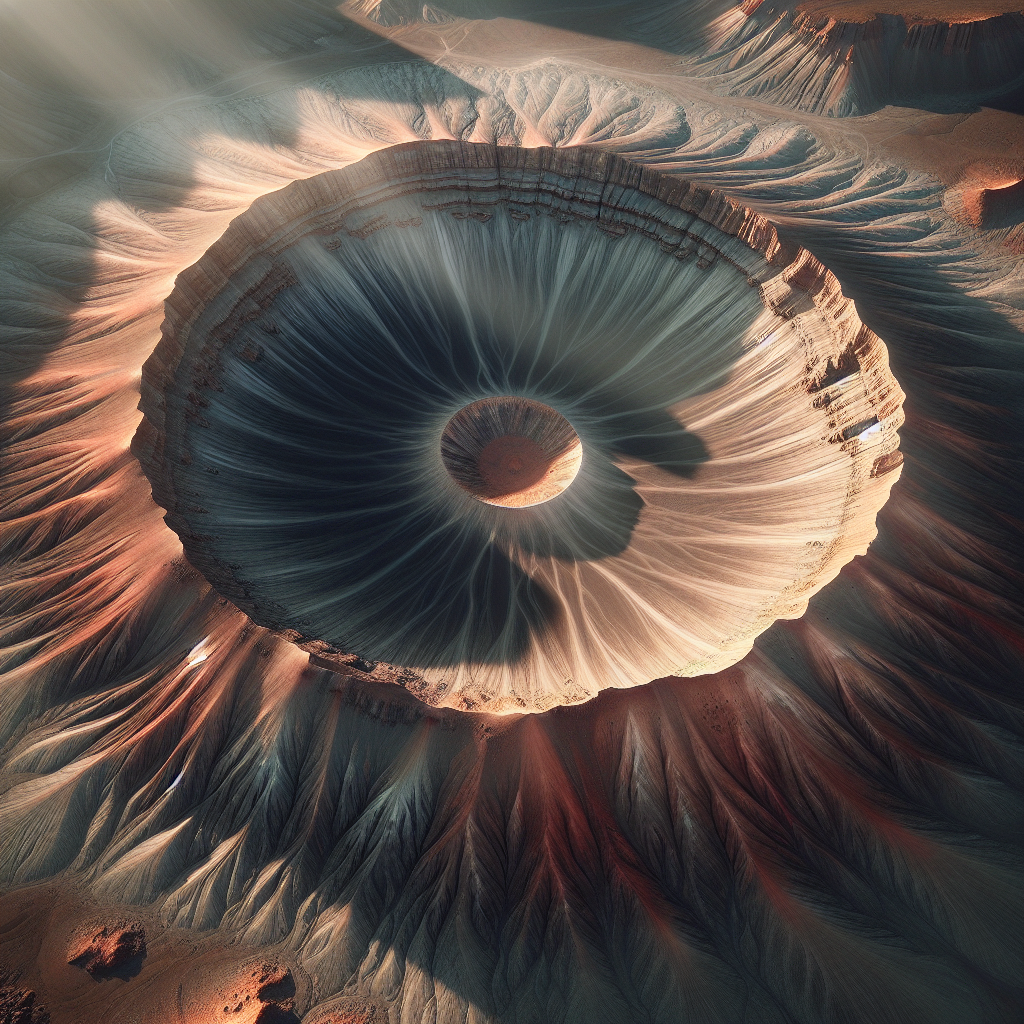Unraveling the Secrets of Pristine Craters
Scientists have long been captivated by the enigmatic allure of pristine craters. These natural formations, untouched by erosion and other geological processes, serve as cosmic time capsules, offering invaluable insights into the history of planets and moons. The study of these craters is not just about understanding the past; it’s about unlocking the secrets of the cosmos and potentially, the origins of life itself.
What Makes Pristine Craters Unique?
Pristine craters are geological formations created by the impact of meteorites on the surface of a planet or moon. What sets them apart is their well-preserved condition. Unlike older, more weathered craters, pristine craters retain their original structural features—sharp rims, well-defined impact ejecta, and sometimes, central peaks. This preservation makes them perfect for scientific study, as they have not been significantly altered by natural processes such as volcanic activity, tectonic movements, or erosion.
The Scientific Value of Pristine Craters
Studying pristine craters provides scientists with several benefits. First, these craters can act as geological benchmarks, helping researchers calibrate dating techniques that estimate the ages of planetary surfaces. For instance, the relatively young age of lunar craters has helped scientists refine their understanding of the Moon’s geological history.
Moreover, pristine craters can reveal clues about the composition of both the impactor and the impacted surface. By analyzing the debris and patterns left by the impact, scientists can infer the properties of the meteorite and the geological characteristics of the planet or moon. This is crucial for understanding the distribution of minerals and potentially, the availability of resources on other planets.
Implications for Astrobiology
The study of pristine craters also extends to the field of astrobiology—the study of life in the universe. By examining the organic molecules present in the ejecta of these craters, scientists can assess whether the building blocks of life might have been delivered to Earth (or other bodies in the solar system) via meteoric impacts. This line of inquiry supports the panspermia hypothesis, which posits that life exists throughout the Universe, distributed by space dust, meteoroids, asteroids, comets, planetoids, and potentially, spacecraft in the form of unintended contamination by microorganisms.
Challenges in Studying Pristine Craters
Despite their scientific value, studying pristine craters is fraught with challenges. One major difficulty is accessibility. Many of these craters are located in remote or extreme environments, such as deserts or polar regions on Earth, or on rugged, unexplored terrains of other planets and moons. Technological limitations also pose significant hurdles; for instance, robotic probes and satellites must withstand harsh space conditions to study extraterrestrial craters.
Future Prospects
As technology advances, so too does the potential for more detailed and extensive study of pristine craters. Missions such as NASA’s Lunar Reconnaissance Orbiter and the European Space Agency’s Mars Express have already provided valuable data about the craters on the Moon and Mars, respectively. Future missions could yield even more discoveries, perhaps confirming or challenging current theories about the solar system’s formation and the origin of life on Earth.
In conclusion, the scientific obsession with pristine craters is not just about indulging curiosity. These natural formations hold the keys to understanding vast, complex processes that govern not only our planet but also the entire cosmos. As exploration technologies improve, we may be on the cusp of breakthroughs that could redefine our place in the universe.


